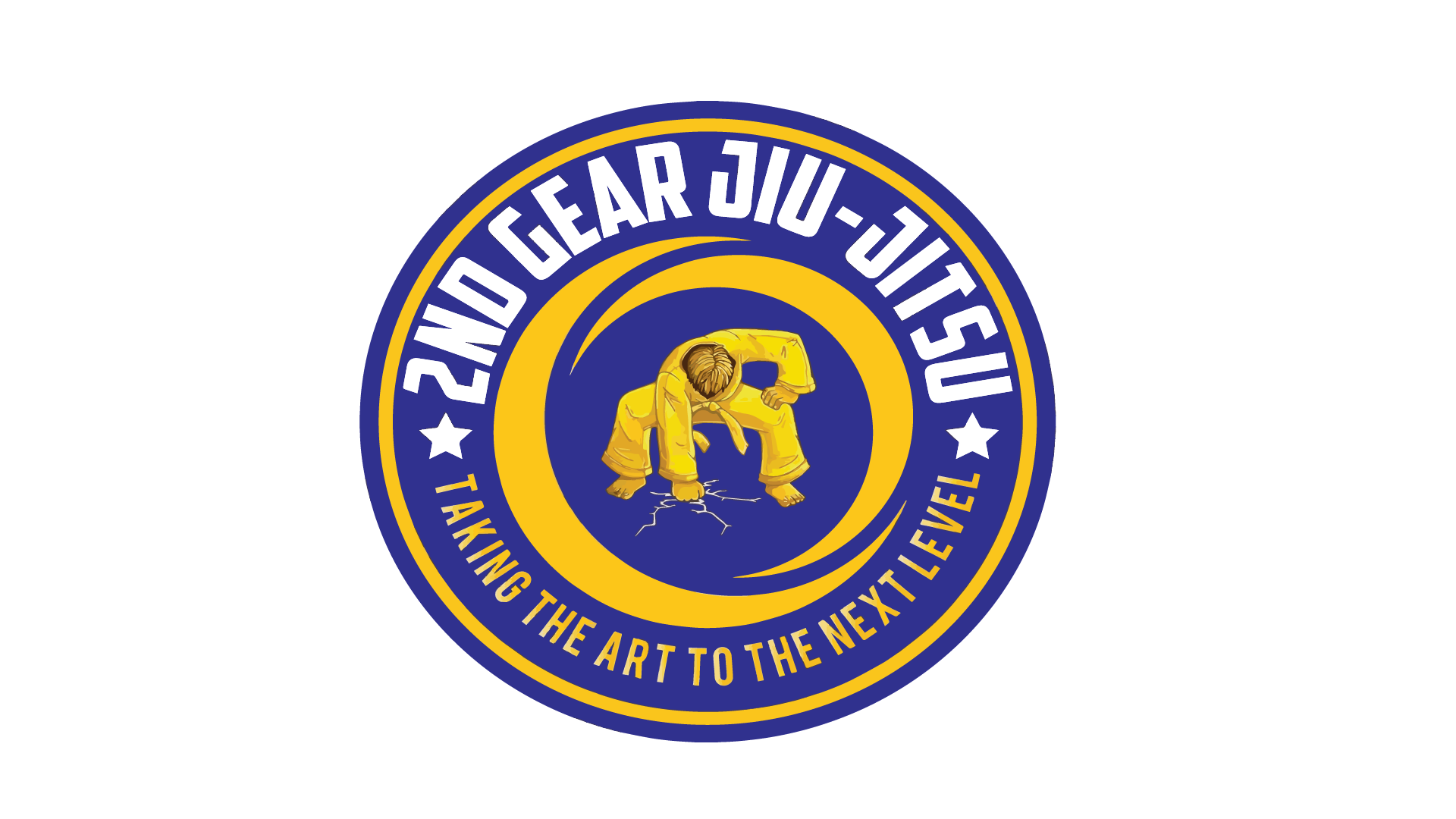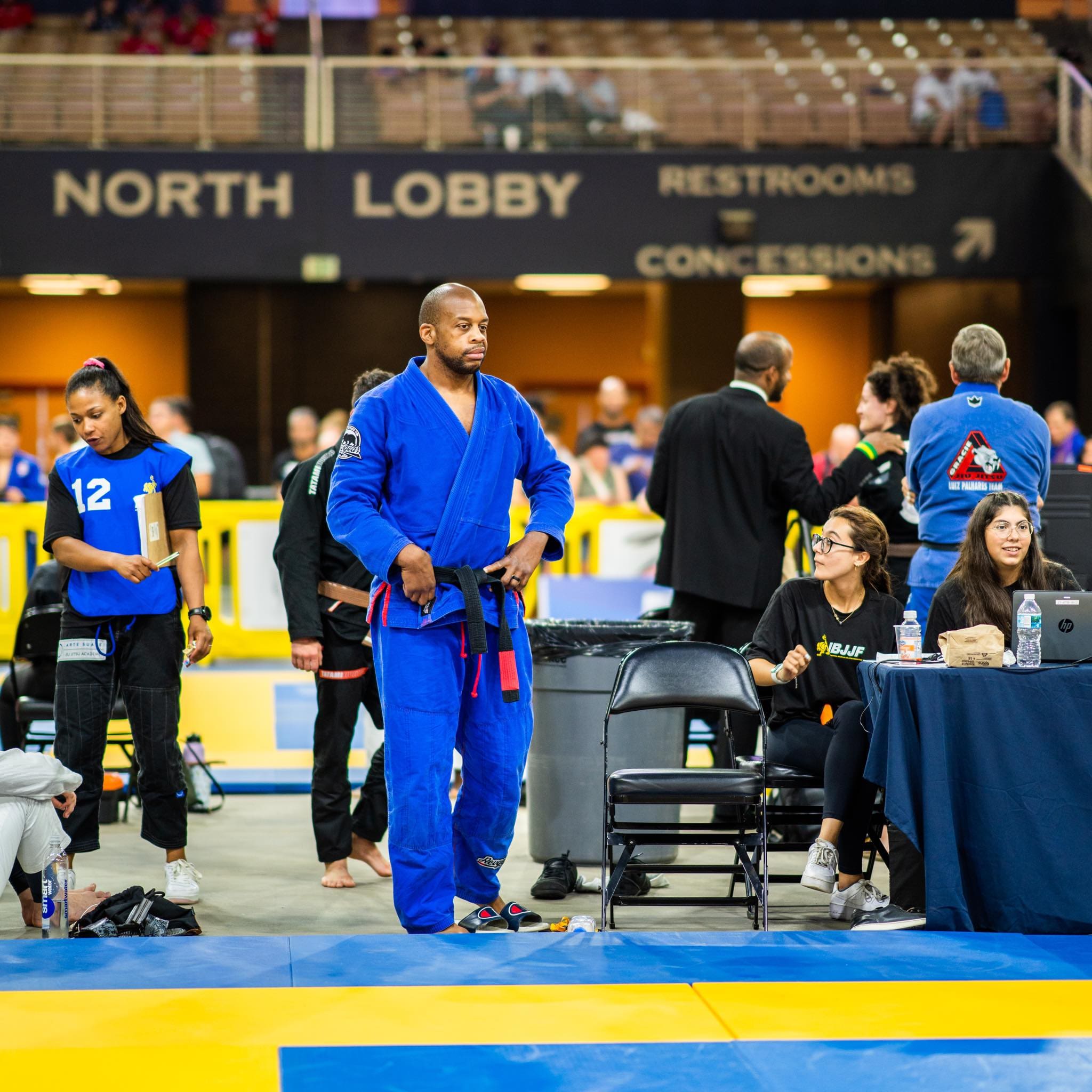The Lateral Roll: Crucial Movements for Jiu Jitsu
In Jiu Jitsu, those who learn how to do lateral rolls have access to a far greater array of technique. It boosts your defense by helping you escape tricky situations, like when an opponent is applying pressure from the top. But it also opens doors for offense. You can use it to set up submissions, sweeps, or even surprise attacks.
Some struggle to learn it though, so we’re going to explore its ins and outs. You’ll discover the secrets of proper body mechanics, weight distribution, and timing needed to nail this move. We’ve broken down the process into easy steps, so whether you’re just starting or have some experience, you’ll find it accessible.
And as you start adding the lateral roll to your bag of tricks, it’ll add a whole new dimension to your game.
Additional Details
- The lateral roll is predominately a precursor skill for inversions. By mastering it, you will have easier access to movement while playing guard. Also it there are some guard retention skills that require it.
- On the offensive side, it can also used for some ridiculously sneaky attacks from the guard. One moment, you’re in one place, and the next you’re on a triangle choke or an omoplata. Having that ability adds another element to the threat you can pose to opponents.
Common Challenges
- That first test is important because the movement requires hamstring, low back and neck mobility. If you fail that test, you will have to work on your flexibility in those areas.
- If you pass it though, one of the most common issue is that people let their low back hit the mat before completing the movement. This usually happens at the midpoint of the lateral roll. And one of the ways to correct that habit is to keep your feet connected to the ground over your head. Of course, that requires a higher level of flexibility but if you can do it, you’ll gain this movement fast.

